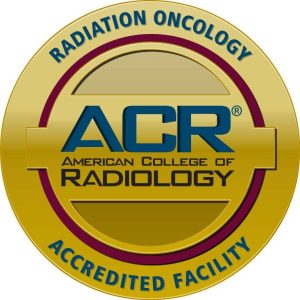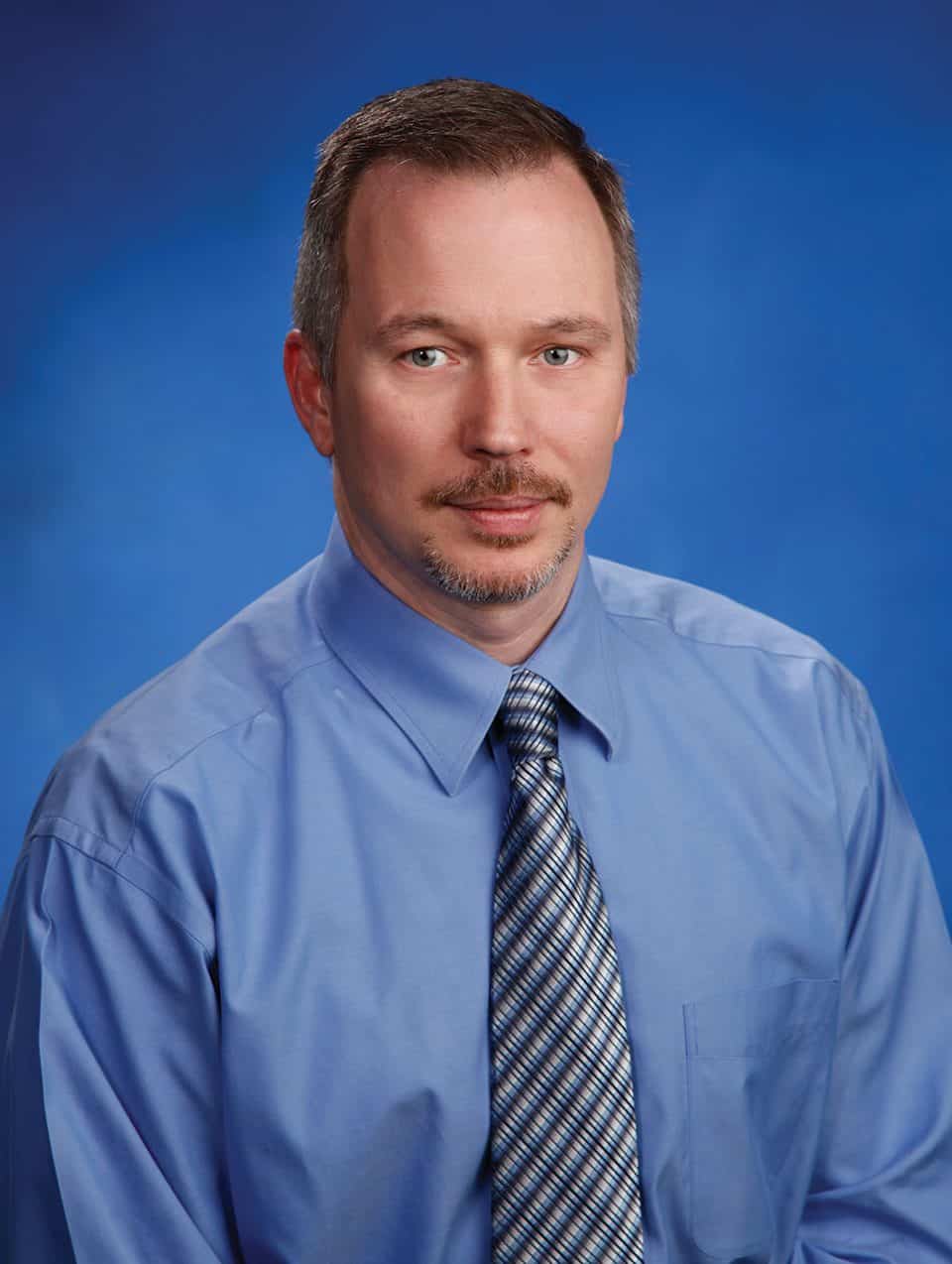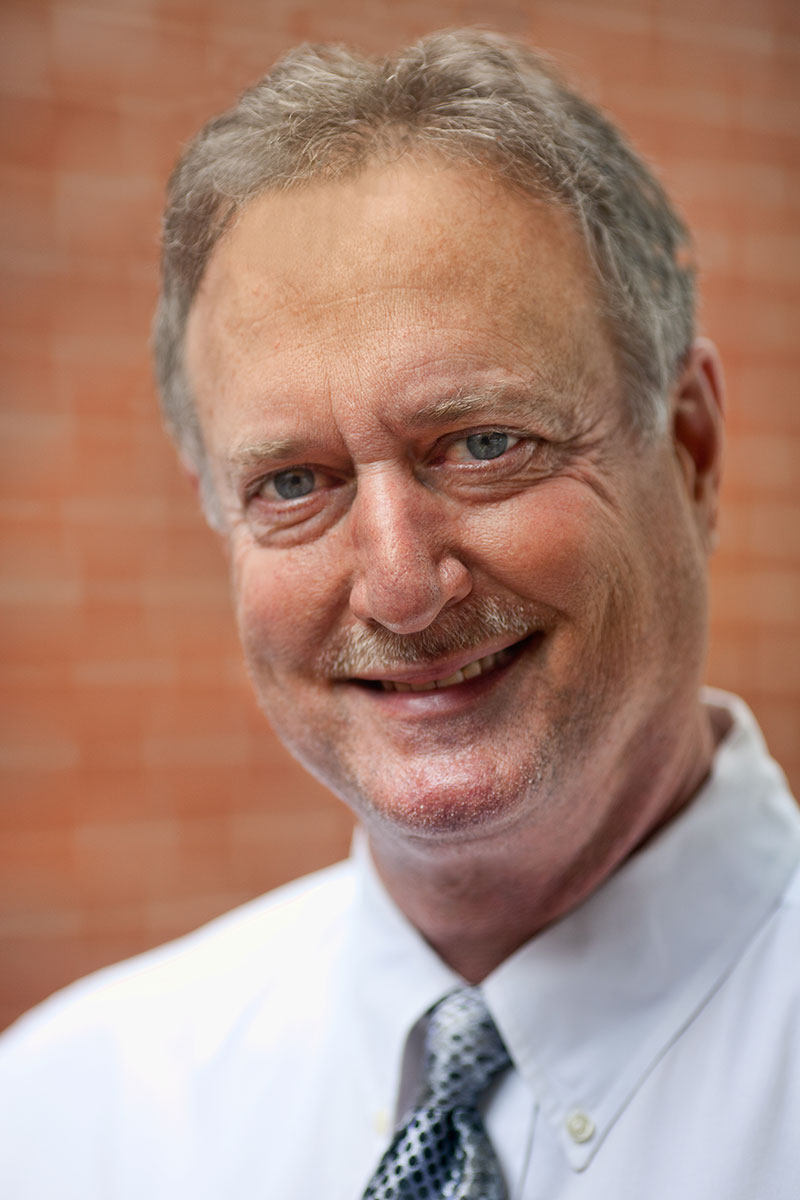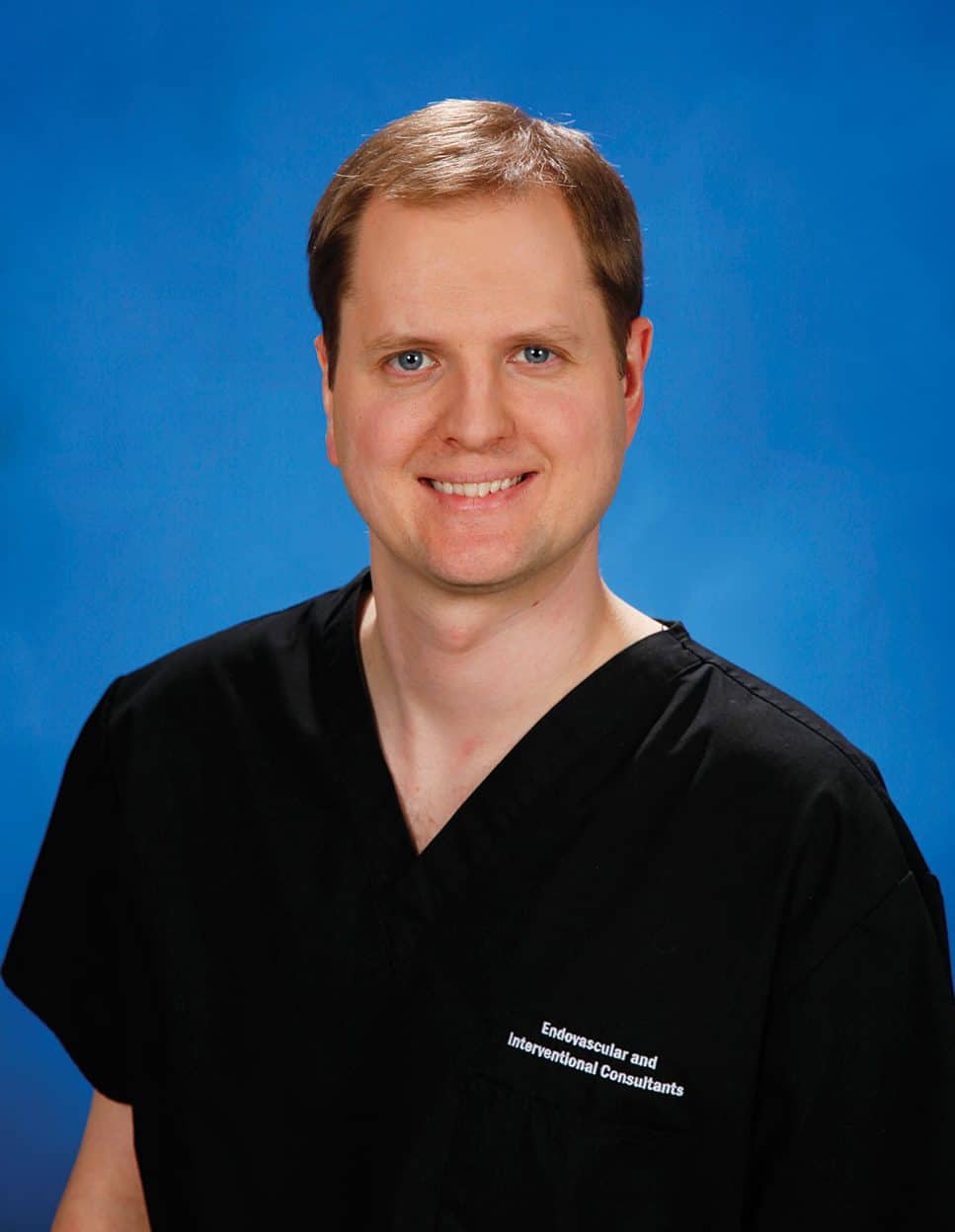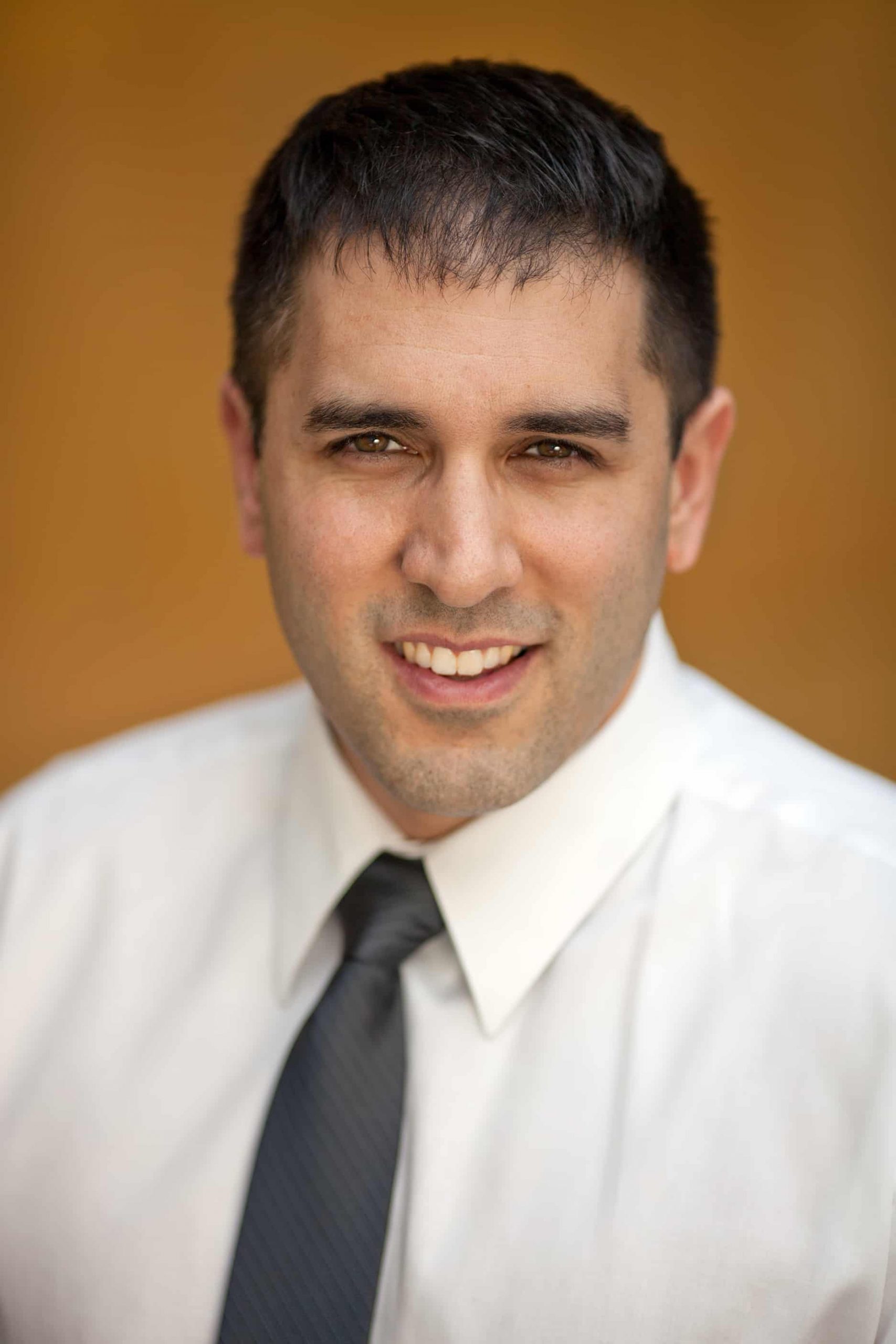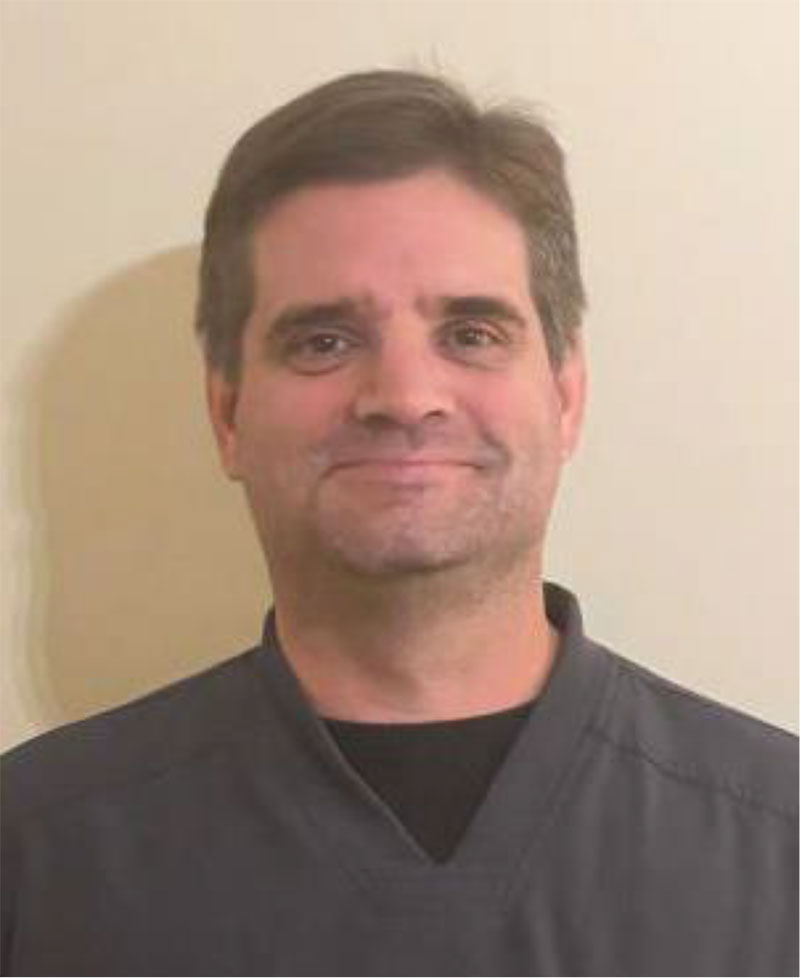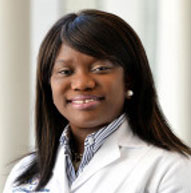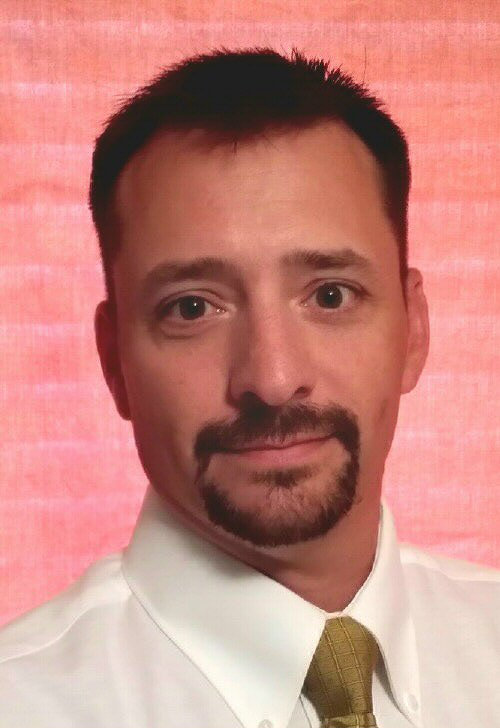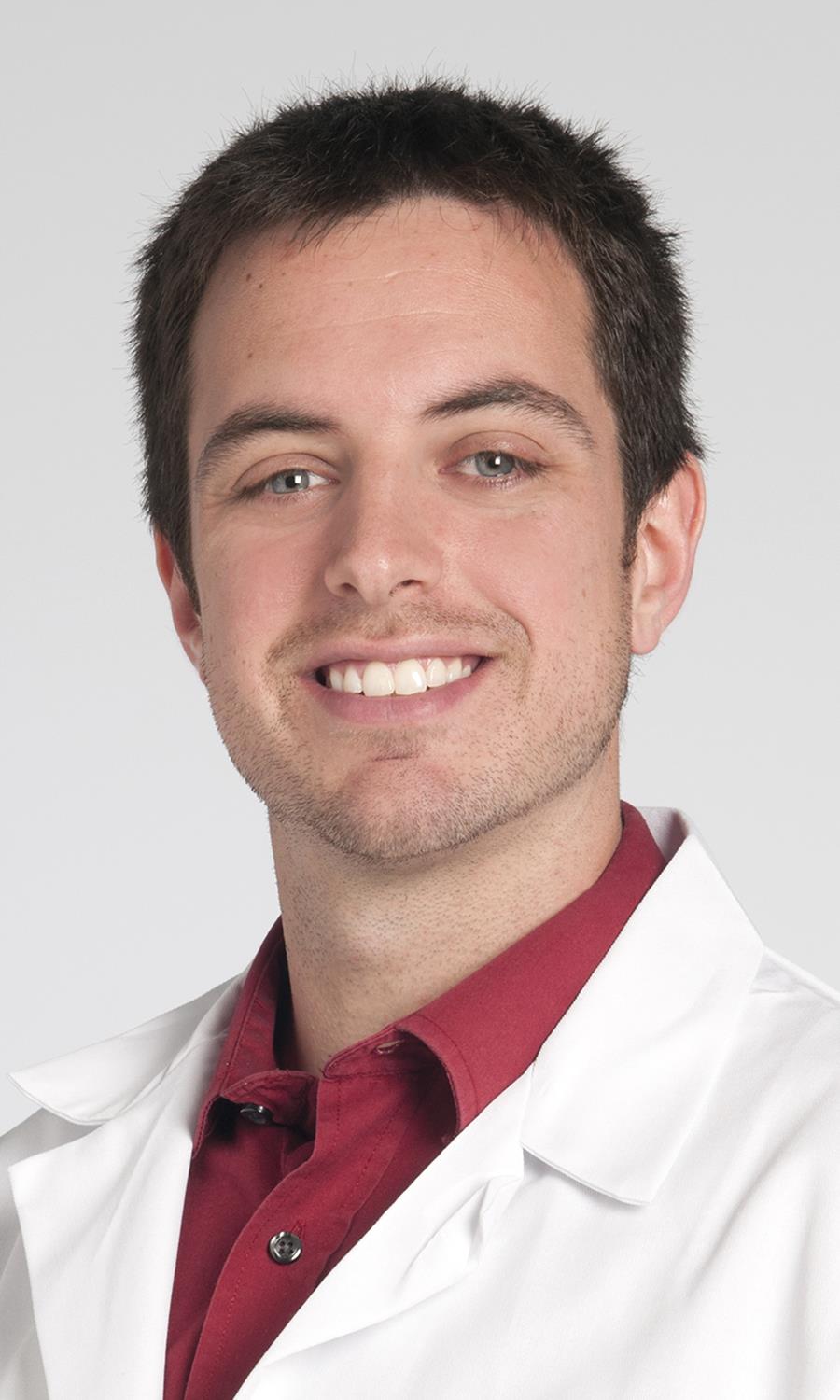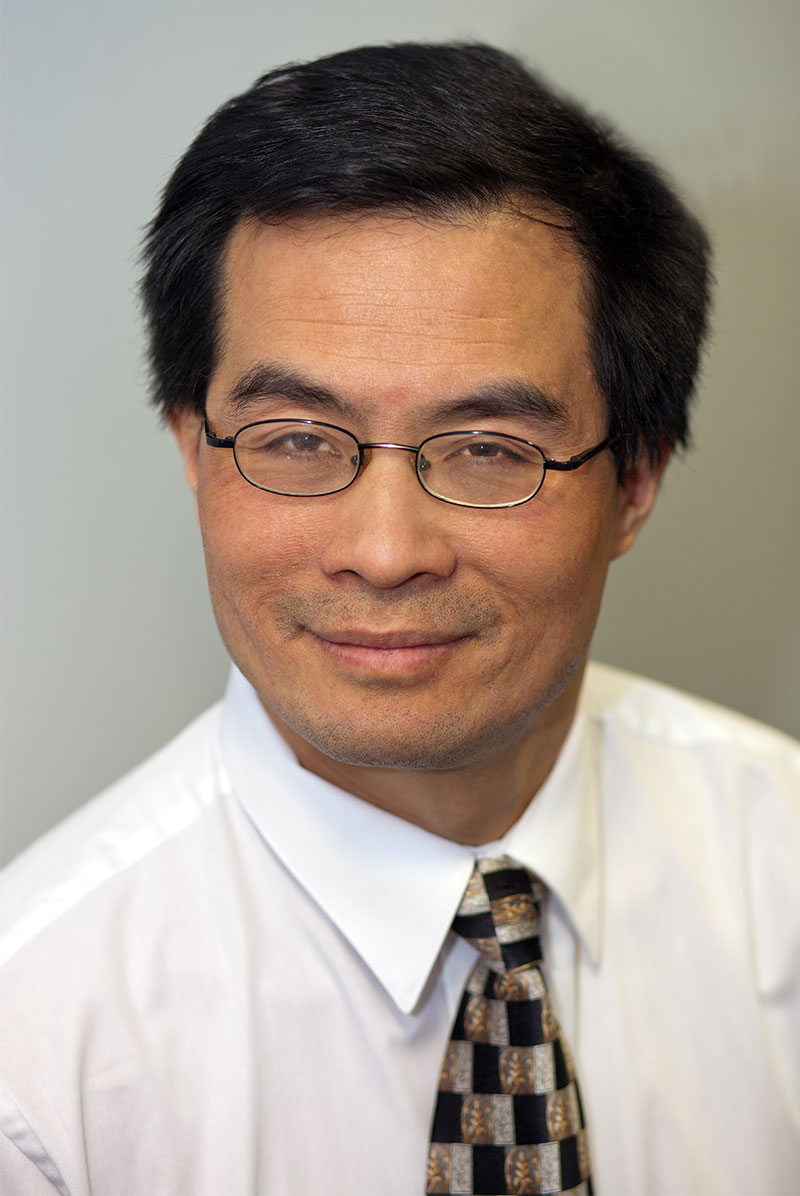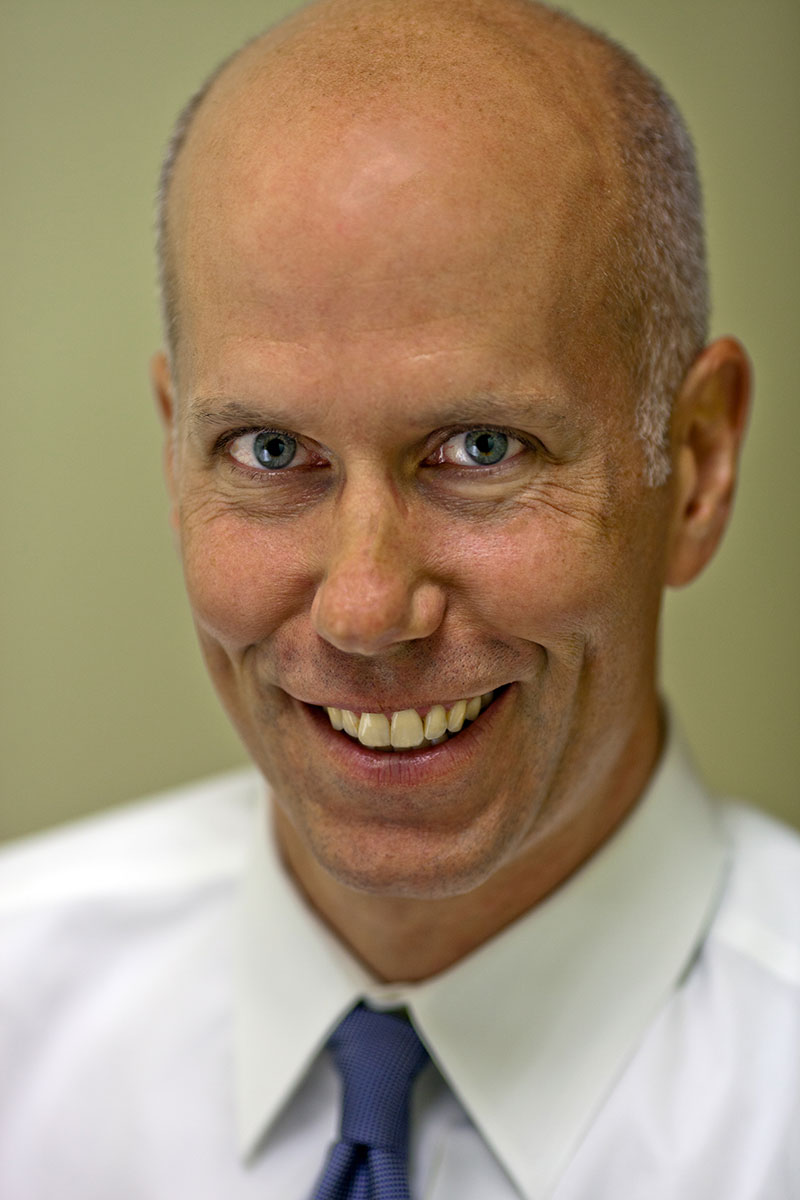State-of-the-Art Imaging Services Across Southeast Missouri
Imaging at Saint Francis Healthcare System offers comprehensive diagnostic services and advanced technology for patients. Staffed by board certified radiologists who received additional training in specialty areas such as CT, MRI and PET/CT, Imaging also includes an expert team nationally-certified radiological technologists and state-certified registered nurses.
Saint Francis Healthcare System utilizes a picture archival communication system (PACS) and electronic medical records (EMR) to manage and deliver medical images and information system wide.
American College of Radiology®
For the past 10 years, all advanced modalities of imaging at Saint Francis Medical Center have been accredited by American College of Radiology (ACR) for superior performance in image quality and safety, including:
- Breast magnetic resonance imaging (MRI) at Saint Francis Breast Care Center
- 3-D mammography at Saint Francis Breast Care Center
- Computed axial tomography (CAT scan)
- Computed tomography (CT scan)
- Magnetic resonance imaging (MRI)
- Nuclear medicine
- Nuclear stress tests
- PET/CT
- Positron emission tomography (PET)
- Radiation oncology at Cape Radiation Oncology
- Ultrasound
Sikeston Imaging Center is accredited by ACR in:
- Computed tomography (CT scan)
- Magnetic resonance imaging (MRI)
Saint Francis Imaging Poplar Bluff is accredited by ACR in:
- Computed tomography (CT scan)
- Magnetic resonance imaging (MRI)
- Ultrasound
- 3-D mammography
Imaging Services
CAT Scan
Computed axial tomography (CAT scan) uses radiation to produce high-quality, diagnostic, axial images. These images are interpreted by radiologists who detect abnormalities in the body such as cancers, fractures and neurological diseases. These scanners are operated by a staff of nationally-registered CAT scan technologists who perform the lowest-dose scans while still providing high-quality diagnostic imaging.
Saint Francis offers three high-quality CAT scanners:
- A dedicated interventional scanner
- A dedicated ER/Trauma scanner
- The area’s only dual-energy-source flash CT scanner
Flash CT Scan
Our flash CT scanner offers the following:
- Low-dose lung screening used to detect abnormalities in the chest and lungs
- High-quality scans of the entire heart in one beat
- Identifying abnormalities in the heart, coronary arteries and heart valves
- Ability to scan the entire chest, abdomen and pelvis in a mere eight seconds compared to 45 seconds on a traditional scanner
- 75 percent reduction in radiation usage
- Pediatric patients can be scanned without the need to hold their breath
- Faster scan times with reduced radiation and significantly lower repeat rates
PET and CT
Position emission tomography (PET) at Saint Francis Medical Center provides advanced diagnostics for cancer, neurological disease and heart function. Unlike MRI, CT or X-rays which show the internal structures of the body, PET scans detect activity in the tissues of the body and help physicians diagnose various diseases and conditions.
PET/CT at Saint Francis combines position emission tomography (PET) and computed tomography (CT) into one scanner. This system enables clinicians to visualize tissue and organs as well as observe their function. PET/CT scanners also enable physicians to better diagnose ailments such as cancer, neurological diseases and bone masses and pinpoint the exact location of the disease.
Interventional Radiology
Interventional radiologists at Saint Francis specialize in minimally-invasive procedures using imaging guidance. Using X-rays, CT, ultrasound and other imaging modalities, they obtain images which direct instruments throughout the body. These procedures are performed using needles and catheters, rather than large surgical incisions and offer an alternative to open surgical procedures. This allows for smaller incisions, less risk, less pain and shorter recovery times for the patient. Some procedures can be performed on an outpatient basis and are often less expensive than traditional surgery.
MRI
Magnetic resonance imaging (MRI) produces a very-detailed image of all parts of the body. It is noninvasive and uses no radiation. The procedure is painless, has no side effects and is used to diagnose:
- Brain diseases
- Stroke
- Infections
- Tendonitis
- Soft tissue injuries
- Bone tumors
- Cysts
- Herniated discs
Saint Francis was the region’s first healthcare facility to offer the latest MRI technology with the addition of Siemens MAGNETOM Tesla 3.0 MRI systems. These systems provide a larger openings for enhanced patient comfort and a short bore design, allowing the patient’s head to be outside of the machine for 60 percent of scans.
With the addition of the Aera Magnet, patients receive the highest quality in MRI imaging thanks to its superior design and enhanced software.
Saint Francis also has the latest scanning technology which reduces or eliminates artifacts. This ensures a more accurate diagnosis for patients with prosthesis.
Nuclear Medicine
Nuclear medicine uses small amounts of radioactive tracers to image organ systems of the body. These tracers are either injected or ingested into the body. Nuclear imaging is used to determine how well organs are functioning when compared to the anatomy seen using other imaging modalities. Nuclear imaging can be used to assess function of the heart, brain, kidneys, gastrointestinal system and lungs as well as screen for cancer in bones and other organs.
Imaging Stress Tests
- Nuclear stress test: The radioactive material cardiolite is used to image the heart at rest and when stress. These images are compared to assess blood flow in different areas of the heart and to determine if there is blockage in the coronary arteries.
- Chemical stress test: If a patient is unable to exercise on a treadmill, a chemical stress test may be ordered. These chemicals include lexiscan and dobutamine and are used in conjunction with an echocardiogram or nuclear imaging.
- Stress echocardiogram: Ultrasound images of the heart are taken during various stages of cardiac stress. Depending on the patient’s physical condition, he or she may have an exercise stress test or chemical stress test along with a stress echocardiogram.
PET F18 Bone Survey
PET F18 Bone Survey is a powerful tool which helps capture high-definition images of bones, making it easier for doctors to accurately detect cancer which has spread to the bone. This bone survey requires a shorter wait time for the scan: The time from injection to exam is about 45 minutes compared to four hours for a conventional bone scan. The actual test takes only about 20 minutes compared to 30 minutes for a conventional bone scan. Saint Francis Medical Center is the first facility in the region to offer this exciting cancer-fighting advancement.
Ultrasound
Ultrasound imaging uses sound waves to create images of body organs and tissues in order to:
- Diagnose pathology
- Locate internal bleeding and fluid
- Evaluate blood flow in the upper and lower extremities and the brain
- Perform prenatal, obstetrical, gynecological and breast evaluations
- Assist physicians in performing biopsies by image guidance into area of interest
- Assist physicians in the removal of fluid from the abdomen or chest for therapeutic purposes
Digital X-ray
Saint Francis has the latest technology in digital imaging, which allows for lower radiation doses and provides higher-quality imaging. This results in a more precise diagnosis.
Some X-ray studies such as fluoroscopy use contrast material which is injected or ingested to aid in the diagnosis of lesions within the body. Fluoroscopy is a live X-ray image which allows the physician to evaluate physiological functions such as swallowing and reflux.
Contact
To learn more about imaging services at Saint Francis Healthcare System, call 573-331-5111.


